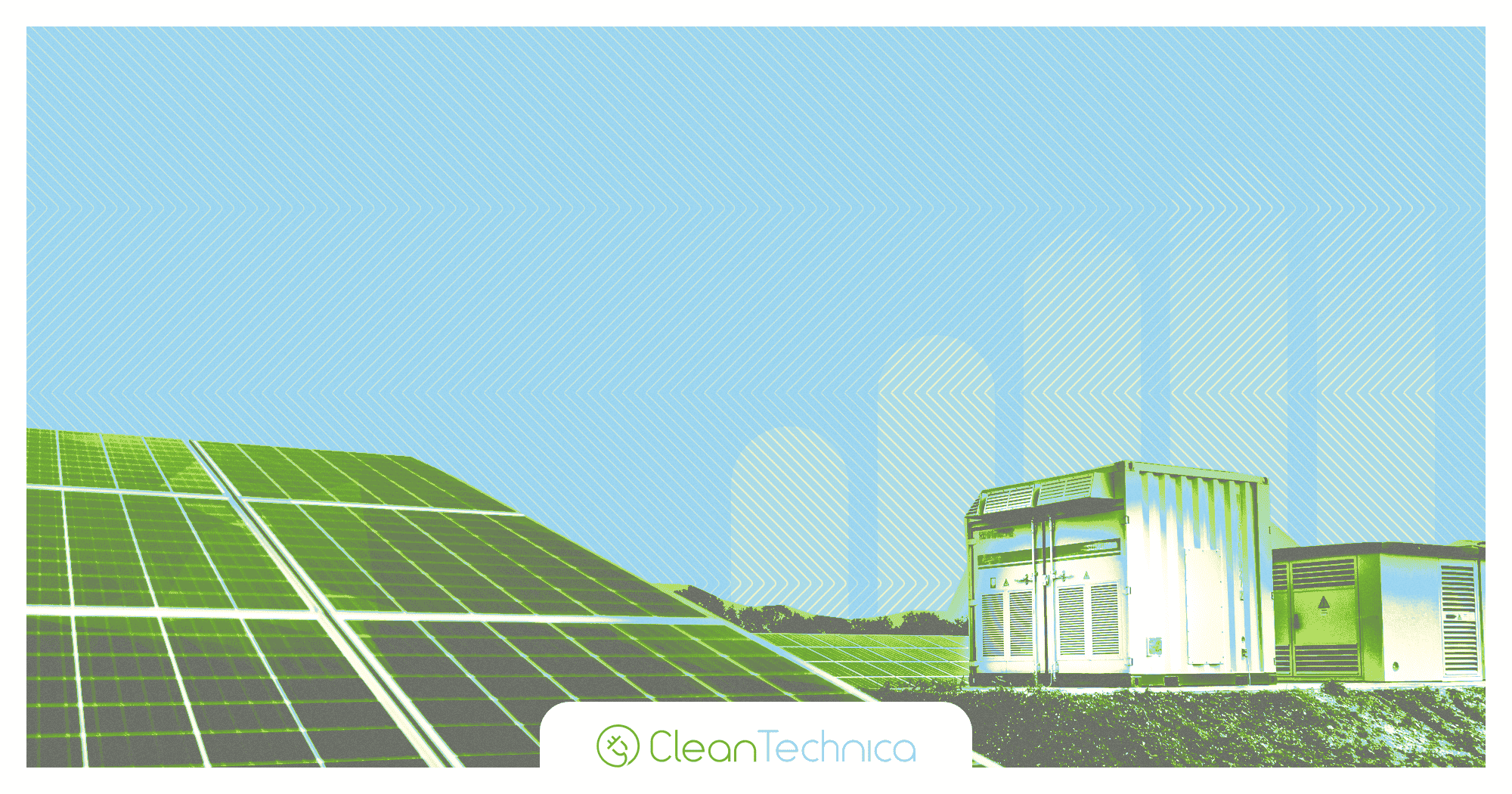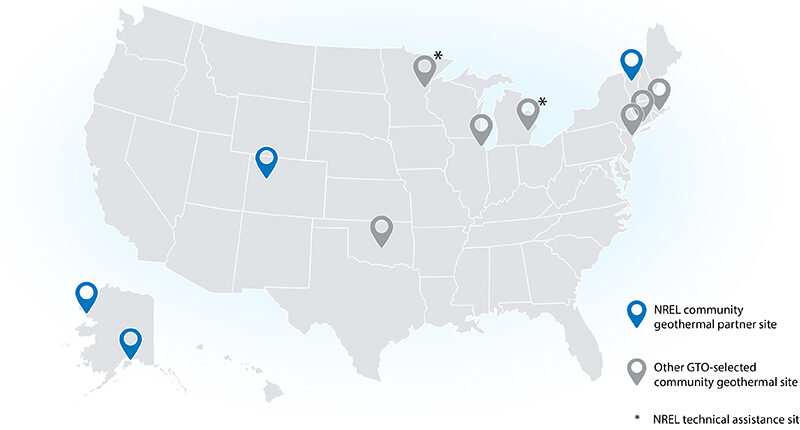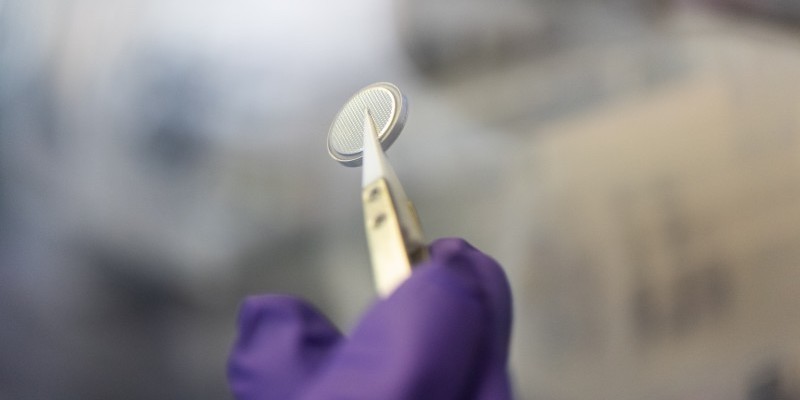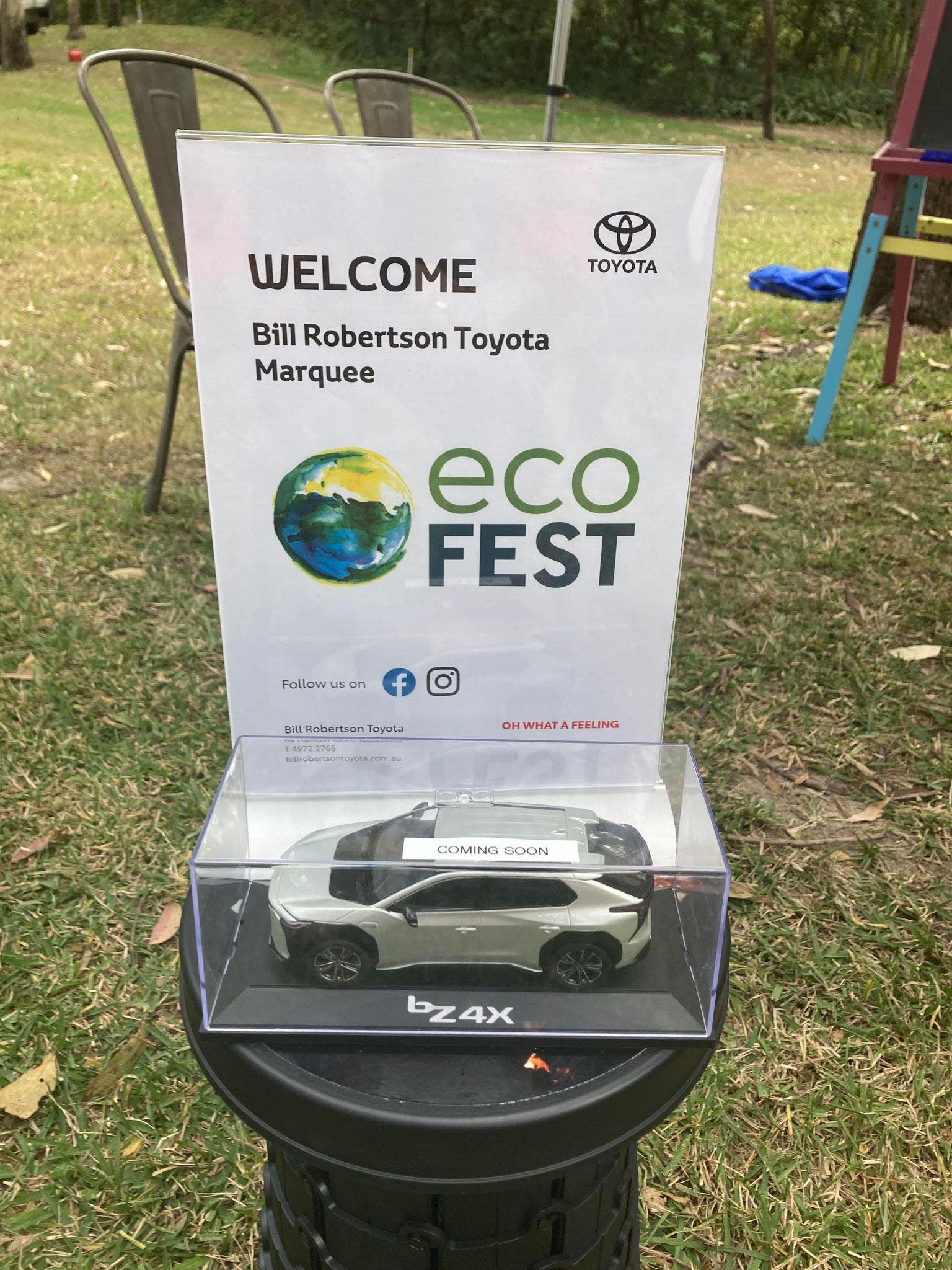US Department of Energy Announces Over $450 Million to Increase Access to Rooftop Solar Power…
Funding is Part of a $1 Billion Effort to Deploy Solar and Battery Storage to Puerto Rico’s Most Vulnerable Residents, Helping Increase Resilience and Lower Energy Bills for up to 40,000 Households The U.S. Department of Energy (DOE) today announced up to $453.5 million from the Puerto Rico Energy Resilience … [continued]









